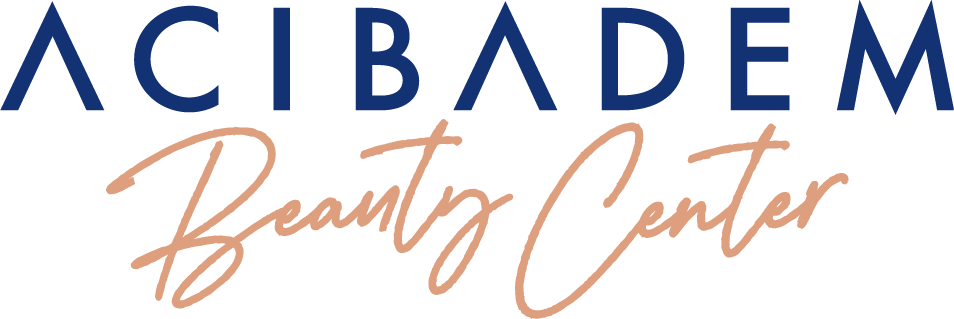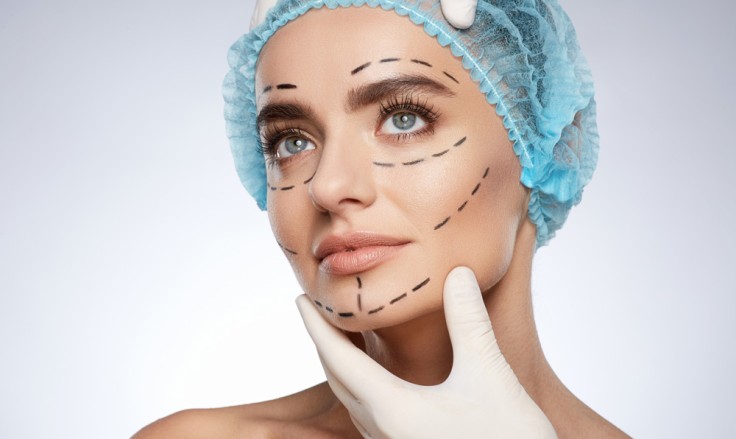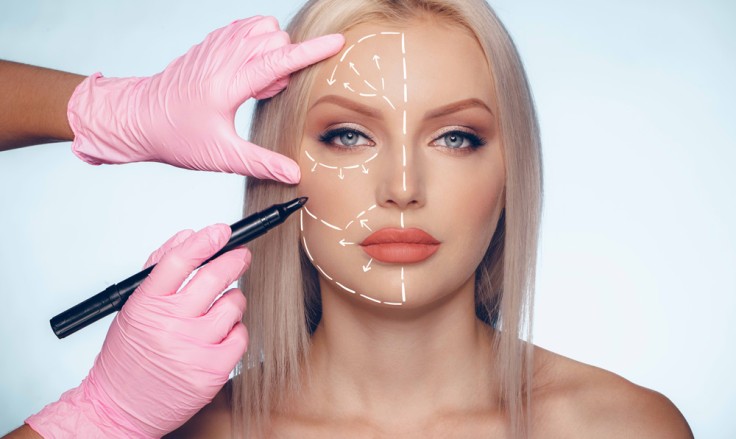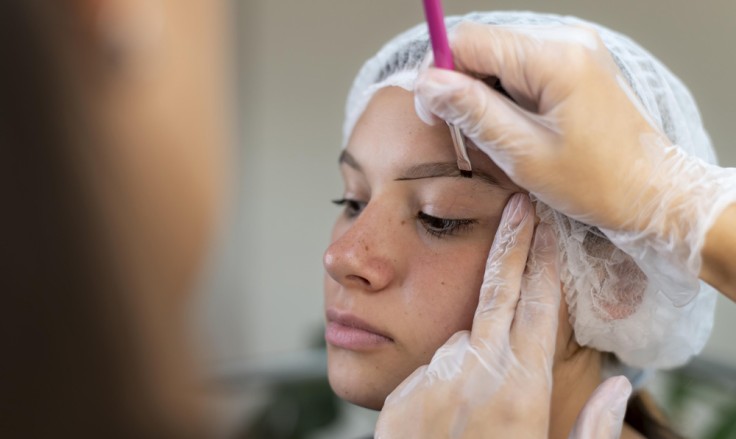How 3D Imaging Is Revolutionising Cosmetic Surgery
Introduction
Cosmetic surgery is undergoing a remarkable transformation. Modern technology now plays a crucial role in achieving optimal results. One groundbreaking innovation is 3D imaging in cosmetic surgery. This technology has revolutionised how surgeons plan, execute, and refine procedures. In essence, 3D imaging provides detailed, lifelike representations of patient anatomy. Consequently, it helps both surgeons and patients visualise potential outcomes. This article explores the impact of 3D imaging on cosmetic surgery. We will cover how it works, its benefits, its influence on patient communication and surgical planning, and future trends. By the end, you will understand how this technology is setting new standards for cosmetic enhancements.
How 3D imaging Works
3D imaging utilises advanced scanning and digital reconstruction technologies. Initially, high-resolution cameras or CT scans capture detailed images of a patient’s face or body. These images are then processed using specialised software. The result is a realistic three-dimensional model that accurately represents the patient’s anatomy. Key aspects include:
- Precise Measurements: The software captures every detail.
- Realistic Visualisation: Surgeons can view the model from all angles.
- Customisation: Treatment plans can be tailored based on the model.
In short, 3D imaging allows for a level of precision previously unattainable with traditional two-dimensional images.
Enhancing Surgical Planning
One of the primary benefits of 3D imaging in cosmetic surgery is improved surgical planning. With a digital model at hand, surgeons can simulate procedures before making a single incision. For example, when planning a facelift or rhinoplasty, the surgeon can adjust contours digitally. This step allows for:
- Accurate Incision Placement: Optimises aesthetic outcomes.
- Improved Implant Positioning: Enhances symmetry and balance.
- Reduced Operating Time: Minimises intra-operative adjustments.
By planning with 3D imaging, surgeons can reduce uncertainties and increase the precision of their techniques. Ultimately, this means better results and a smoother surgical experience.
Improving Patient Communication
Effective communication between a patient and their surgeon is essential. 3D imaging plays a significant role here. During consultations, patients can view a 3D simulation of their potential results. This visual aid helps set realistic expectations. It also provides a platform for discussion. For instance:
- Visualisation of Results: Patients see a lifelike preview.
- Enhanced Understanding: Complex procedures become easier to grasp.
- Personalised Consultation: Surgeons can adjust the simulation based on patient feedback.
In other words, 3D imaging bridges the gap between medical expertise and patient expectations, leading to improved satisfaction and trust.
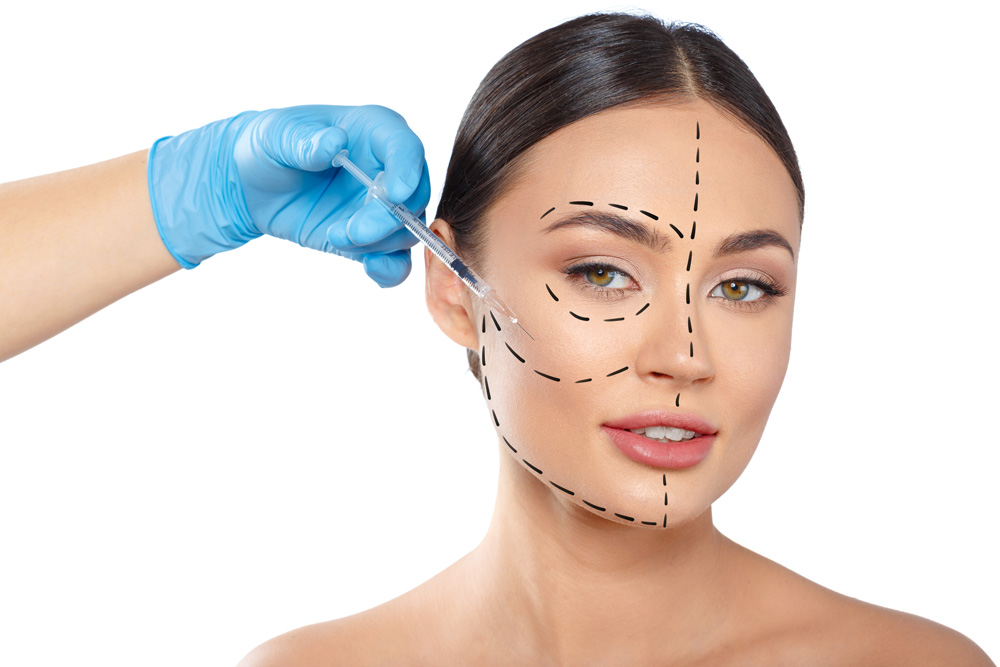
Benefits of 3D imaging in cosmetic surgery
There are numerous advantages to using 3D imaging in cosmetic surgery. Here are some key benefits:
- Precision and Accuracy:
With detailed 3D models, surgeons can plan and execute procedures with unmatched precision. - Customised Treatment Plans:
Each patient’s anatomy is unique. Digital models enable tailored approaches for optimal outcomes. - Enhanced Predictability:
Visualising potential results allows for better planning and reduced risk of surprises during surgery. - Improved Efficiency:
Pre-surgical simulations can streamline procedures, leading to shorter operating times and quicker recovery. - Patient Confidence:
Seeing a realistic preview of the final result boosts confidence and helps in decision-making.
Collectively, these benefits illustrate why 3D imaging is becoming indispensable in the cosmetic surgery field.
Impact on Surgical Training and Skill Development
3D imaging is also transforming the training of new surgeons. Educational programmes now incorporate digital simulations. Trainees can practice procedures on virtual models before working with real patients. This innovation offers several advantages:
- Enhanced Learning:
Interactive 3D models provide a deeper understanding of anatomy and surgical techniques. - Risk Reduction:
Practising on digital models reduces the risk associated with early clinical practice. - Continuous Improvement:
Surgeons can review and refine their techniques using recorded simulations.
Consequently, 3D imaging not only improves patient outcomes but also elevates the standard of surgical education and training.
Future Trends in 3D Imaging
The role of 3D imaging in cosmetic surgery is only set to expand. Emerging trends promise even greater benefits. Here are some developments on the horizon:
- Integration with Augmented Reality (AR):
Surgeons may soon overlay digital images onto patients in real time. This integration will allow for even more precise surgical planning. - Virtual Reality (VR) Consultations:
VR could offer immersive consultations, helping patients visualise procedures in a more interactive way. - Artificial Intelligence (AI):
AI may enhance 3D imaging by predicting surgical outcomes and personalising treatment plans even further. - Improved Software Algorithms:
Advancements in image processing will lead to even more detailed and accurate 3D models. - Robotic Surgery Integration:
Combining 3D imaging with robotics could further reduce operating times and improve precision.
In summary, the future of 3D imaging in cosmetic surgery is bright. Continuous innovations will likely provide even better tools for both surgeons and patients.
Conclusion
In conclusion, 3D imaging in cosmetic surgery is revolutionising the field. It enables unprecedented precision in surgical planning, enhances patient communication, and improves training for new surgeons. The technology offers customised treatment plans and realistic simulations that boost patient confidence and satisfaction. Although challenges such as cost and training requirements remain, ongoing innovations are set to overcome these hurdles. Ultimately, the integration of 3D imaging heralds a new era in cosmetic surgery. One that promises safer procedures, more natural results, and a significantly enhanced patient experience.
For more information on cosmetic surgery procedures and to book a consultation visit the ACIBADEM Beauty Center Aesthetics webpage.
